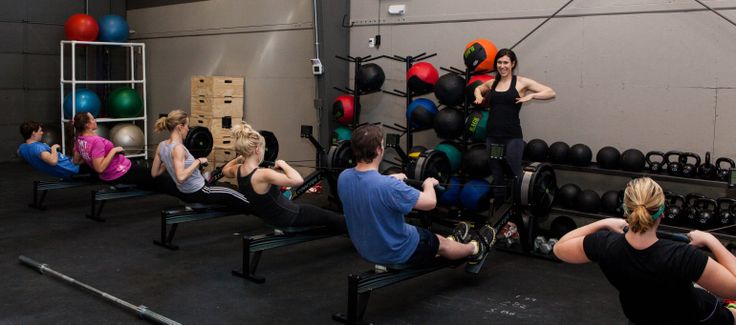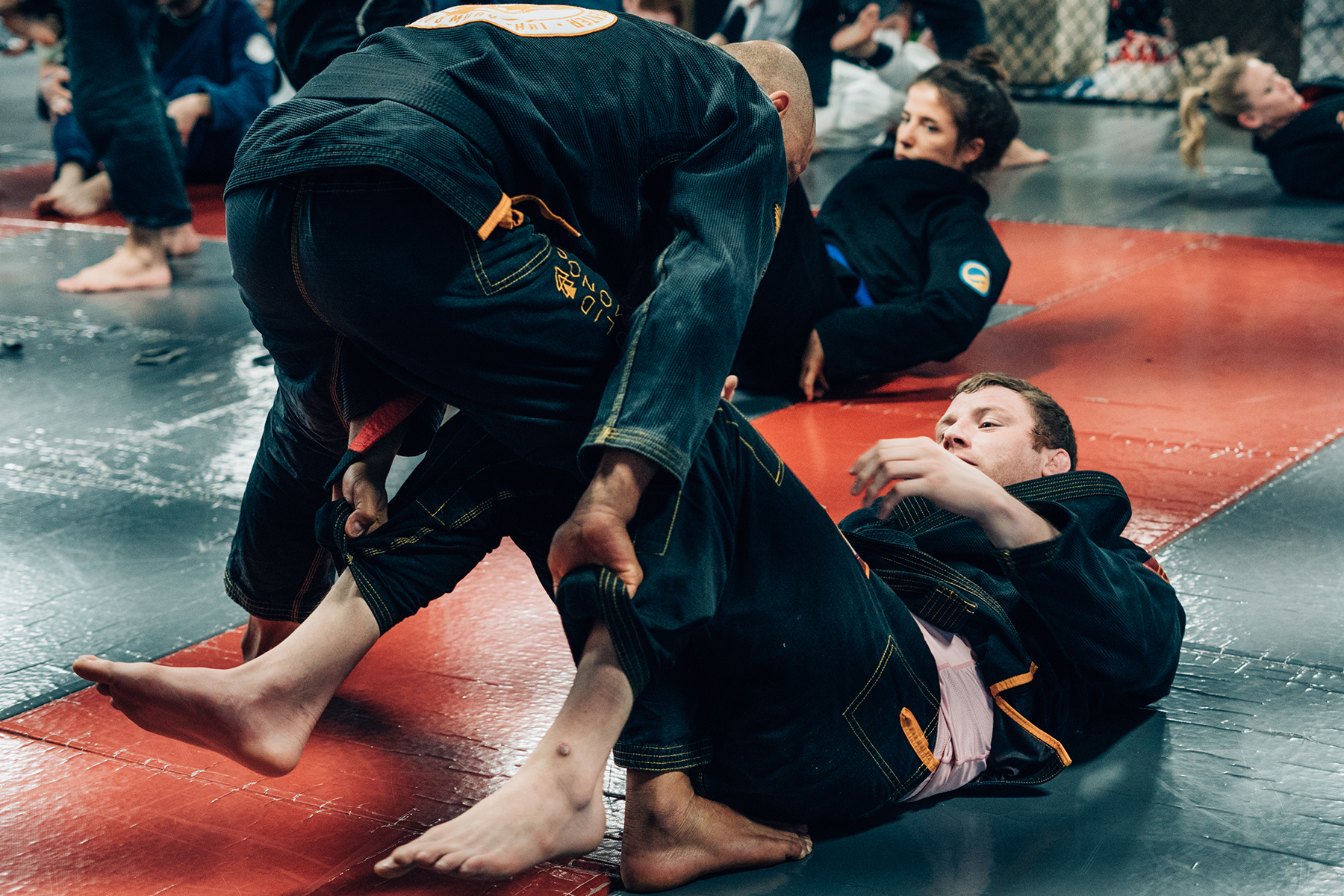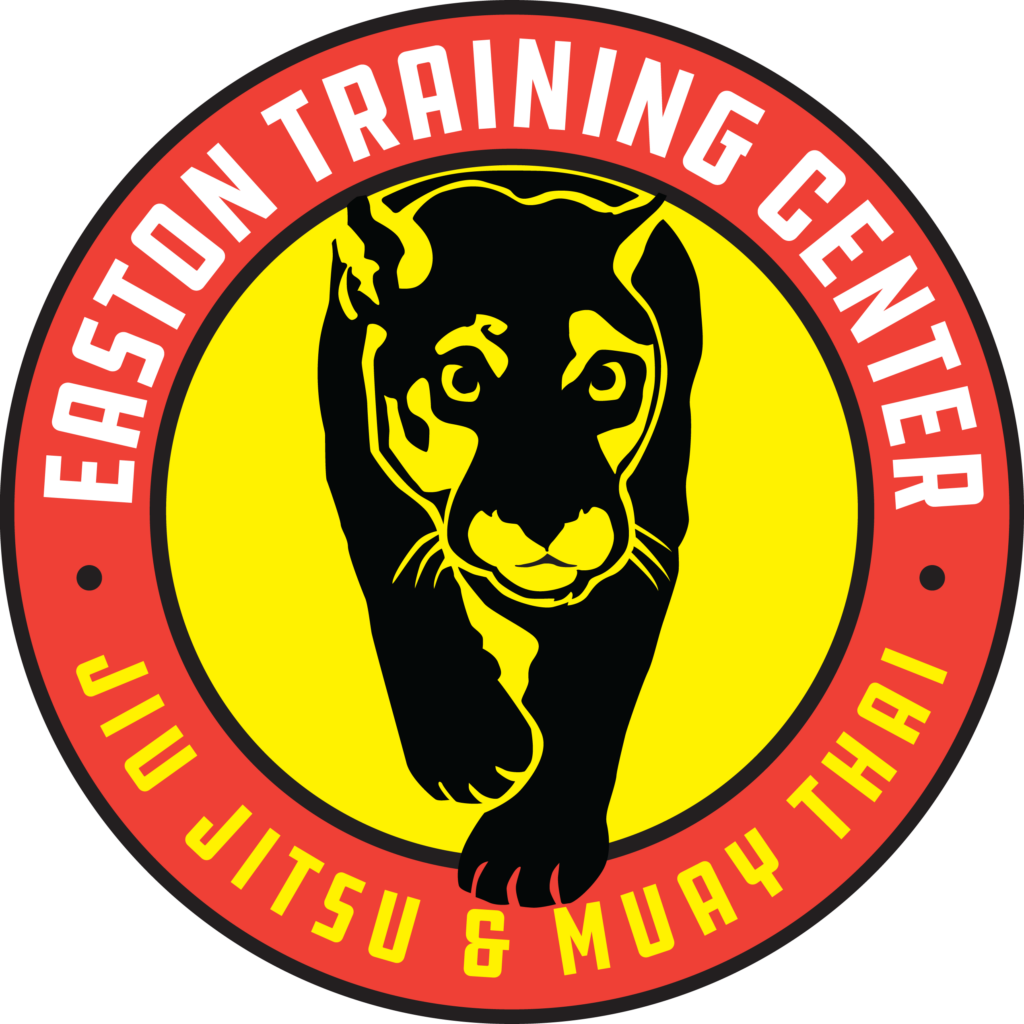
High-intensity interval training, loosely speaking, is any exercise regimen with repeated, short variation bouts of high intensity exercise followed by lower intensity recovery, or “active rest.” It can be running sprints for a minute followed by two minutes of walking, or doing burpees, jumping lunges, squat jumps, and high knees – all paired with a very brief period of active rest and repeated for multiple sets.
For kickboxing and Jiu Jitsu, the quick bursts of activity in a HIIT regimen mimics the movements in sparring and rolling, and pushes you to your anaerobic threshold, helping you reach increasingly higher levels of endurance and stamina that medium intensity exercises, like jogging, can’t. Supplement regular training with HIIT to prepare for competition, or, as it’s often suggested, use it when you’re short on time. Doug Balzarini, a personal trainer and strength coach from Chula Vista, California, says, “Ninety-nine percent of my clients want to lose fat, look good, gain a little muscle and build their confidence up,” he says. “With interval training you’re going to do all that [and] you can get a time-efficient workout done in 30 minutes.”[i]
The benefits, especially for such a quick routine, are many: Because the intensity level is so high, you burn more calories than a longer, medium-paced aerobic exercise. A study conducted in 2006 found that after eight weeks of HIIT workouts, participants were able to cycle twice as long while maintaining the same pace as they could before they began the study.[ii] In 2011, a study presented at the American College of Sports Medicine Annual Meeting found that just two weeks of HIIT improves aerobic capacity as much as if you engaged in regular endurance training for six to eight weeks.[iii] Unlike long cardio sessions that deplete muscle mass and unlike weightlifting, which does little for stamina, HIIT helps shed fat, boost stamina, and maintain muscle mass. There’s also this: studies have shown that HIIT increases production of natural human growth hormone (HGH) – which both increases caloric burn and slows the aging process – by as much as 450 percent during the 24 hours after you finish a workout.[iv]
HIIT workouts are short, which means you’ll be working hard the entire time. They also require no equipment, allowing you to do them no matter what kind of space constraints you have.Balzarini suggests not limiting yourself to the obvious sprints-and-walking or single-exercise circuits, though they are still effective. “We do a lot of metabolic circuits, which is a type of interval training combining exercises like push-ups followed by a run around the track followed by squats, for example. You could do 30 seconds of pushups, one minute of rest, then 20 seconds of squats followed by 40 seconds of rest. Interval training is only limited to your imagination.”
In 1996, along with colleagues at the National Institute of Fitness and Sports in Tokyo, Japanese scientist Dr. Izumi Tabata came up with what is considered to be the most effective interval splits for training an anaerobic athlete: 20 seconds of maximum work with 10 seconds rests. By this method, you could crank out a fully formed HIIT regimen in about five minutes if you’re really pressed for time.
Balzarini has a note of caution on this point however. While the industry clings to Tabata as doctrine, Balzarini says “the majority of the population isn’t fit enough to do that.” If you’re training at Easton, however, you’ll be able to get there quickly if you aren’t already.
______________________________________________________________
[i] Phone interview with Doug Balzarini, Fall 2013.
[ii] Journal of Physiology, “Short-term sprint interval versus traditional endurance training: similar initial adaptations in human skeletal muscle and exercise performance.” July 6, 2006, online: http://jp.physoc.org/content/575/3/901.abstract?maxtoshow=&HITS=10&hits=10&RESULTFORMAT=&author1=Gibala&andorexacttitle=and&andorexacttitleabs=and&andorexactfulltext=and&searchid=1&FIRSTINDEX=0&sortspec=relevance&resourcetype=HWCIT
[iii] Study cited here: http://www.menshealth.com/fitness/the-fastest-workout-ever
[iv] J Sports Science, “The time course of the human growth hormone response to a 6 s and a 30 s cycle ergometer sprint.” June 20, 2002, online: http://www.ncbi.nlm.nih.gov/pubmed/12137178?dopt=Abstract






